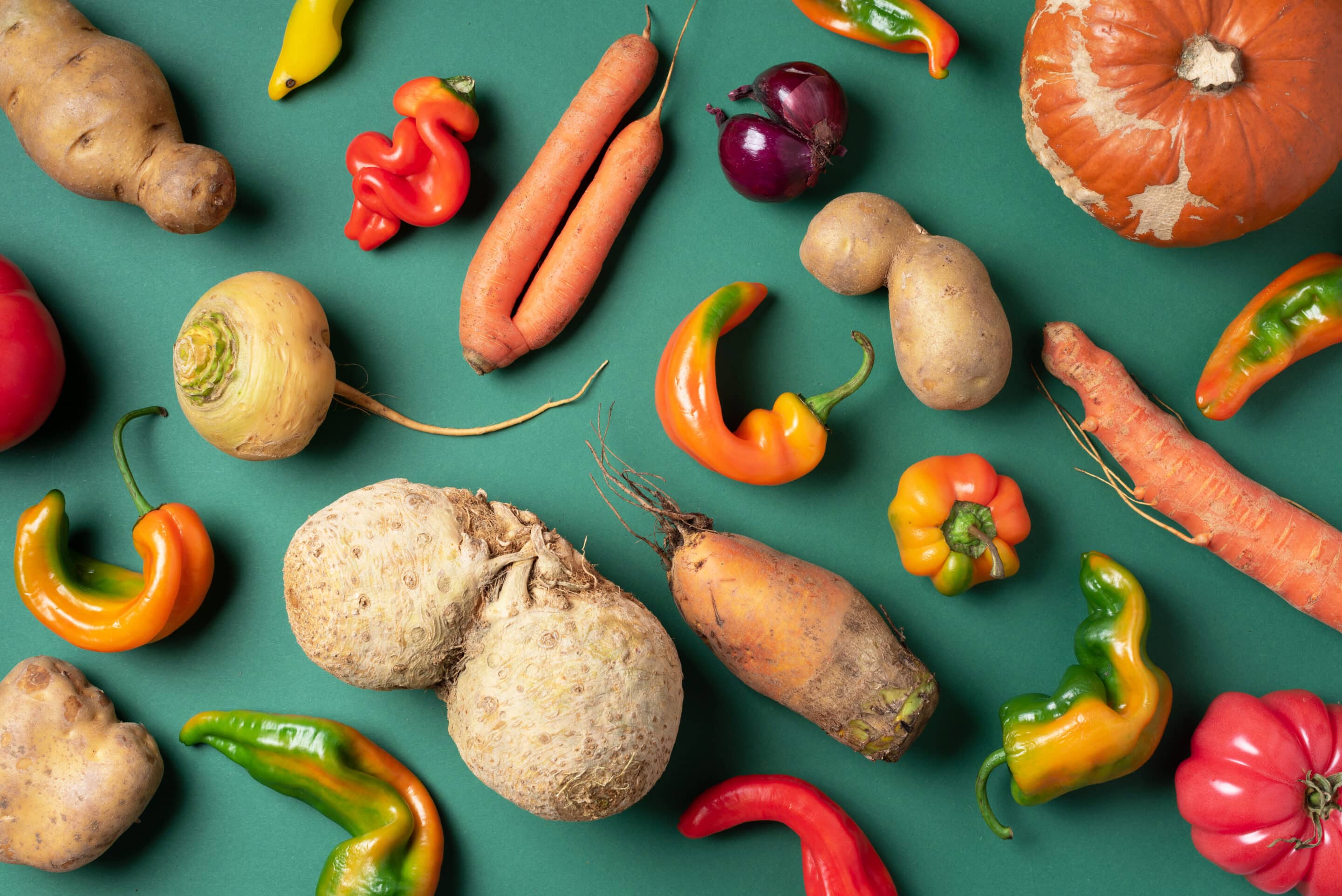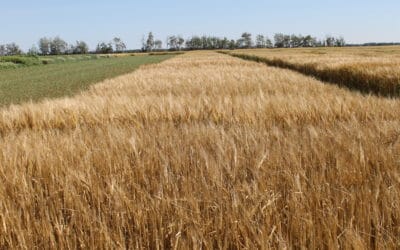What do consumers think about less than perfect produce?
The food wasted globally is estimated at 1.6 billion tonnes, with the wastage of edible food ringing in at 1.3 billion tonnes. The United States alone produces more than 430 billion pounds of food every year, yet nearly one-third of available food is uneaten through loss or waste. This comes to nearly US$161.6 billion of food wasted, according to the U.S. Department of Agriculture (USDA).
Due to the high amount of food wasted, nearly US$8.98 billion was invested in food waste solutions throughout the last 10 years, shared ReFED. Could capitalizing on ugly produce be one factor in helping to reduce food loss and waste?
Yes, believes Jackie Suggitt, director of capital, innovation and engagement at ReFED — but there are many factors that must be considered to determine if efforts are truly helping the overarching issue of food waste.
“We need to be careful that we aren’t just shifting the waste to a different place in the supply chain, but that we’re finding solutions that ideally end up with that food being consumed at the end of the day,” says Suggitt. “There is definitely opportunity on behalf of retailers and every player in the supply chain to be reducing this waste.”
A major key to lessening food waste and getting ugly produce in the mouths of consumers is determining the causes behind consumer decisions and the source of misinformation — including the assumption that if produce is not cosmetically perfect, it is not worth purchasing.
Beliefs Begin at Birth
While some consumer attitudes towards ugly produce are learned from society’s standards of what is deemed “acceptable produce,” the source of many of these negative thoughts actually stem from a much deeper place — the human mind.
“Something quite fundamental in human psychology is that we like what’s prototypical,” says Yann Cornil, associate professor of marketing at the University of British Columbia, Sauder School of Business. “We feel awkward and ill at ease when we see something which deviates from a prototypical shape for something that should look like an apple or a carrot, for example. So, if there’s an anomaly in the shape of the apple or carrot, we will tend to have this negative reaction — maybe emotions of disgust or fear, that’s not particularly conducive of a purchase intention. It goes even deeper than what we’re used to and our education.”
Marketing plays a huge role in how consumers view the less than perfect produce and semantics matter, according to Cornil. For example, nudges — or small interventions — can completely alter how a consumer perceives the produce or behaves. When selling this produce, it should not be marked down more than 20 per cent, he warns. If the price is discounted too heavily, it can send mixed signals to consumer, enforcing the preconceived notion that ugly produce is lower quality when in fact, it contains the same nutritional value as its cosmetically superior counterpart.
Despite the knowledge that selling ugly produce could help lessen the amount of food wasted globally each year, it is easier said than done. Large companies including Walmart and Whole Foods have tried, but without consumer support, their efforts have been unsuccessful.
“Even among the large distributors, most all of them have tried at different points in time to have batches of ugly produce with different forms of labeling and communication to consumers. But it hasn’t been particularly successful,” shares Cornil.
What Is Next for Ugly Produce?
The question then becomes — how can the amount of ugly produce purchased increase if some of the most prominent companies have not been successful, and consumers are still struggling to accept the produce?
“It’s almost a bit of a chicken and an egg, where retailers base their specifications on consumer preferences and how consumers spend their dollars. Let’s be honest, when we go into the store, to the produce bin, we often do look for the best products within that bin. However, our expectations are also reaffirmed then by what we see in stores. If we’re only seeing perfect produce, that is what we expect,” says Suggitt.
Despite the challenges faced when trying to alter the perceptions surrounding ugly produce, doing nothing is not an option. There are various companies across the world that have been created with the mission to sell this imperfect produce to consumers, including Imperfect Foods and Misfits Market. With honest marketing and no false promises, these companies could help provide a solution, finding a home for misfit produce in the homes of consumers.
Related Articles
Ugly Produce — Uncovering the Truth About the Market Misfits





